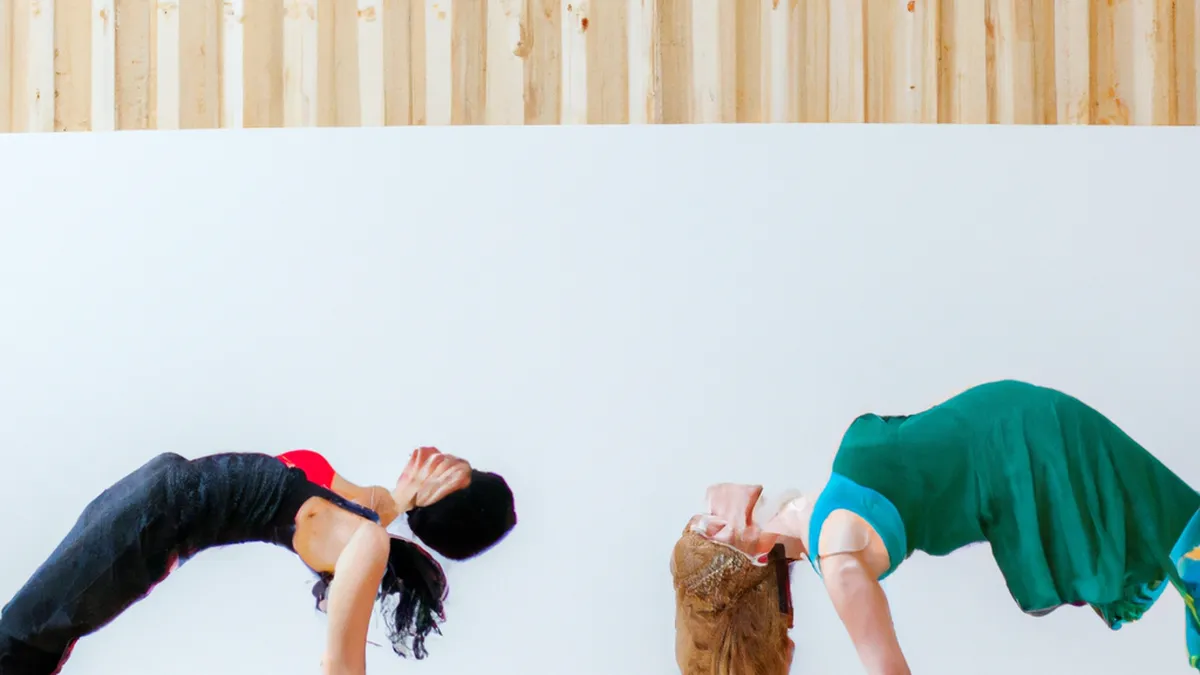Calm vs Chaos: Breathing Strategies for Relaxation
Breathing Techniques for Deep Relaxation in Yoga NidraYoga Nidra promotes relaxation and self-discovery. It helps you reach conscious sleep, rejuvenating your body and mind. Breathing techniques enhance this experience. In this post, we will explore effective breathing methods for deep relaxation in Yoga Nidra.
As an Amazon Associate I earn from qualifying purchases.
Gear tip: consider meditation cushion, yoga blocks, and breathing exerciser to support this topic.
Understanding the Importance of Breath
Breath sustains life. It connects your body and mind. In Yoga Nidra, conscious breathing deepens relaxation. Focusing on your breath calms your nervous system, creating a healing space.Proper breathing techniques reduce anxiety. They ground you and anchor your awareness in the present. Learning to control your breath enhances your Yoga Nidra experience.
Techniques for Deep Breathing
1. Diaphragmatic Breathing
Diaphragmatic breathing fosters relaxation. It encourages deep breaths into your diaphragm instead of shallow chest breaths. Follow these steps:1. Lie comfortably on your back.2. Place one hand on your chest and the other on your abdomen.3. Inhale deeply through your nose, letting your abdomen rise.4. Exhale slowly through your mouth, feeling your abdomen fall.Aim for a slow, steady rhythm. This technique activates your parasympathetic nervous system, increasing relaxation.
2. 4-7-8 Breathing Technique
The 4-7-8 technique promotes relaxation and prepares you for meditation. Follow these steps:1. Inhale through your nose for a count of four.2. Hold your breath for a count of seven.3. Exhale completely through your mouth for a count of eight.Repeat this cycle three to four times. This technique calms your mind and reduces stress, deepening relaxation.
3. Alternate Nostril Breathing
Alternate nostril breathing (Nadi Shodhana) balances energies. It enhances mental clarity and emotional stability. Follow these steps:1. Sit comfortably with a straight spine.2. Use your right thumb to close your right nostril.3. Inhale deeply through your left nostril.4. Close your left nostril with your right ring finger and release your right nostril.5. Exhale through your right nostril.6. Inhale through the right nostril, then switch and exhale through the left.Practice this for five minutes. It clears your mind and deepens your Yoga Nidra experience.
Tips for Enhancing Your Breathing Practice
Create a Calm Environment
Before starting, create a peaceful space. Dim the lights and remove distractions. A serene environment helps you focus on your breathing, setting the tone for relaxation.
Use Guided Meditations
Consider guided Yoga Nidra recordings. They often include breathing techniques, leading you into deeper relaxation. A soothing voice helps you stay present and focused.
Be Patient and Consistent
Breathing techniques require practice. Don’t expect instant results. Instead, practice patiently and consistently. Over time, you will notice improvements in your relaxation ability.
Benefits of Breathing Techniques in Yoga Nidra
Incorporating breathing techniques into your Yoga Nidra practice offers many benefits. First, they reduce stress and anxiety. Learning to control your breath also helps you control your mind.Second, these techniques improve your overall well-being. They promote better sleep and enhance focus. You may notice increased emotional resilience too.Finally, breathing techniques deepen your self-connection. You become more attuned to your thoughts and feelings, leading to insights during Yoga Nidra.
Conclusion
Breathing techniques are essential for achieving deep relaxation in Yoga Nidra. Diaphragmatic breathing, the 4-7-8 technique, and alternate nostril breathing significantly enhance your experience. Create a calm environment and practice patiently.Incorporating these techniques taps into the transformative power of Yoga Nidra. Cultivating a consistent practice allows you to enjoy many benefits from deep relaxation. Embrace the journey and let your breath guide you.
Below are related products based on this post:
FAQ
What is the role of breath in Yoga Nidra?
Breath sustains life and connects the body and mind. In Yoga Nidra, conscious breathing deepens relaxation and calms the nervous system, creating a healing space for self-discovery.
What are some effective breathing techniques for relaxation?
Effective breathing techniques include diaphragmatic breathing, the 4-7-8 technique, and alternate nostril breathing. Each method fosters relaxation, reduces stress, and enhances the overall Yoga Nidra experience.
How can I create a suitable environment for breathing practices?
To create a suitable environment, dim the lights and remove distractions to establish a peaceful space. A serene environment helps you focus on your breathing and sets the tone for relaxation.















Post Comment